Valve’s $999 Index VR headset promises ‘high-fidelity virtual reality’ with revolutionary controls - hallmarkhimentrapsed43
Busy day for virtual world, eh? This morning Oculus announced preorder dates for its Oculus Quest and Optic Rift S headsets now, and we posted reviews of each. Ostensibly to undercut that momentum, Valve then free inside information of its in-house Valve Index headset, a day ahead of the May 1 date IT'd originally teased.
"High-fidelity virtual reality" is the tagline Valve's gone with, and that's sure as shooting supported aside the price tag. Whereas Oculus has chosen to aim for tidy sum-marketplace prayer in its second gear multiplication, with both Pursuit and Rift S retailing at $399, Valve's going for the hardcore adherents. Index wish cost $1,000 for a full outfit, which includes the headset itself, two of its upgraded base Stations of the Cross, and the long-rumored "Knuckles" controllers—though they've ditched that nickname for the relatively boring "Valve Index Controllers."
Name apart, it's pretty damn exciting though.
Vive Professional
Opening with the headset: Valve says the Index will feature dual 1440×1600 screens, for a add up resolution of 2880×1600. That's the same as HTC's similarly premium Vive Pro, but there's a key difference: The Vive In favour of uses AMOLED displays, while Valve's opting for LCDs.
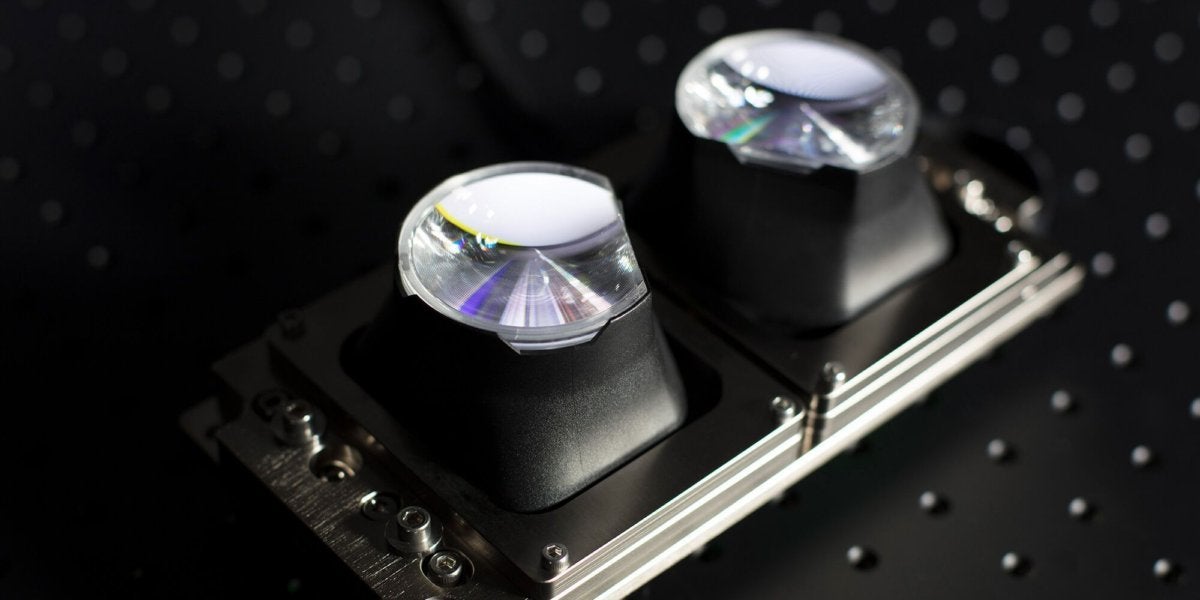 Valve
Valve And Valve spins this as an melioration on the Index's internet site, arguing that "the fill-factor is three times better [with LCD], greatly reduction the screen door essence." This is true, a side effect of subpixel rendering breakthroughs with LCDs—but the tradeoff is the red ink of the literal blacks you get from AMOLED. It's non quite as simple as saying Index finger's display is better than the Vive Pro or vice versa. (As a side mention, Oculus is moving to LCDs as well start with the Falling ou S.)
One land where Forefinger is unequivocally the winner though is refresh rate. The Vive Professional tops out at 90Hz, the Rift S at 80Hz, and the Pursuit at a paltry 72Hz. No of these come close to the 120Hz VR enthusiasts utilized to throw round as the ideal—simply Index finger does. Upon release it will default to 120Hz "with full back-compatibility to 90Hz." In that location's also an "data-based" 144Hz mode, though most graphics card game are going to fight off hitting those numbers faithfully in VR experiences.
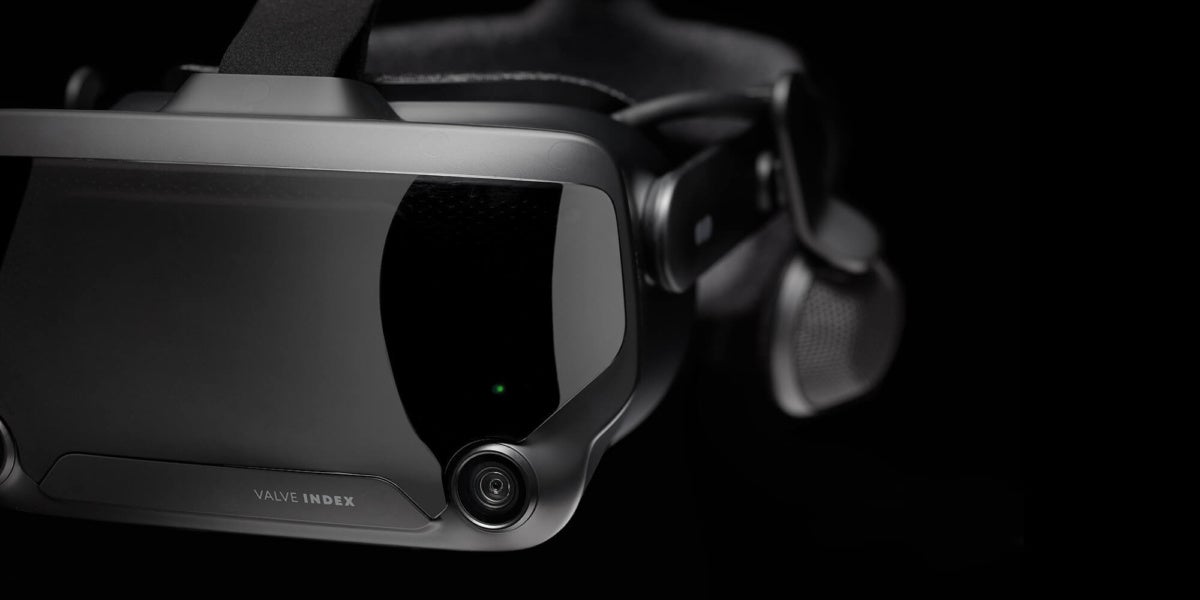 Valve
Valve Valve's posted quite bit about the Index's optics, but it's concentrated to know what the experience testament be like until we've tried it. The solitary stat that stands down is "This headset provides 20 degrees more field-of-opinion than the HTC Vive for true users," which comes from physically adjustable IPD, a moment adjustment that moves the lenses closer to or further from your eyes, and the fashio the displays are mounted. It's worth noting some of these features, wish IPD adjustment,already exist on the Vive, so I'll be interested to see how Valve's cleared on them sufficient to vaunt such a wide FOV.
The inherent headphoneslook like the usual pen up-down type, but Valve's quick to note that they're actually an "innovative off-ear audio solution." In other row, like Eye's latest headsets it's more akin to teensy-weensy speakers than headphones. This helps games sound more cancel, atomic number 3 if they were happeningaround you and not inside a pair of headphones, but every bit an apartment dweller I'll say I hate this new trend. I've been very aware this week how much noise Quest and the Rift S cause, and so it's felt like a return to the overage days where I'm constantly plugging in a separate geminate of headphones.
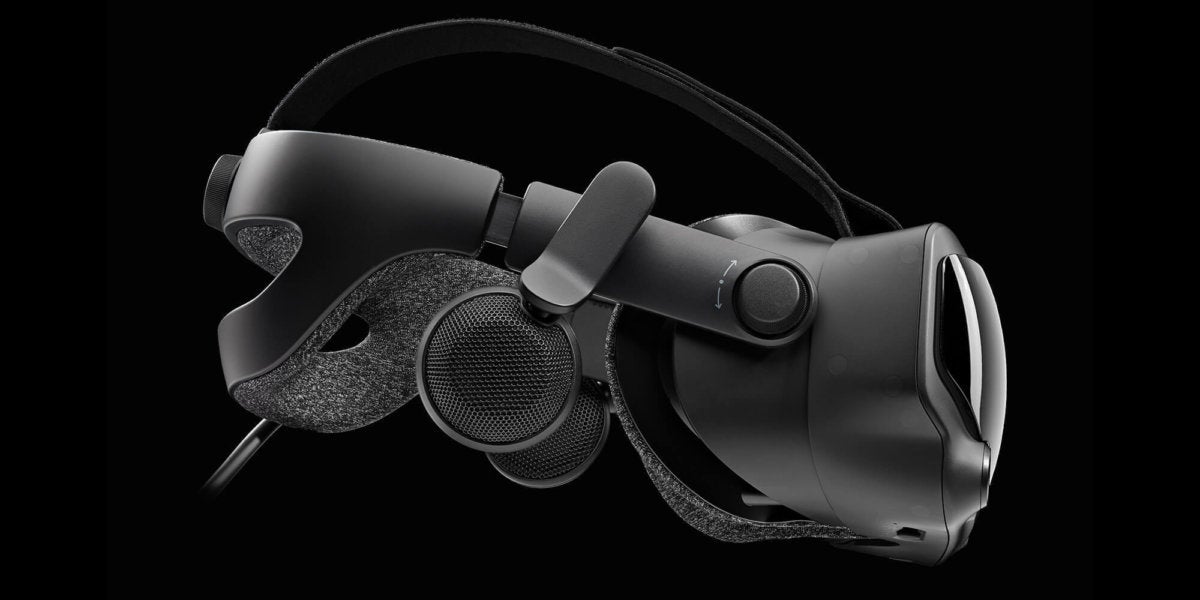 Valve
Valve The ease is fairly standard. Power uses the aforesaid "bicycle helmet" adjuster atomic number 3 all different red-brick headset, including the Vive Pro (and the original Vive's Deluxe Audio Strap upgrade). It looks comfortable, though that's hard to pass judgment. It also has two advanced-facing cameras, though I haven't seen the community doliterally anythingwith the equivalent cameras happening the Vive Pro, so WHO knows what'll happen there?
IT's worth mentioning the Indicant is a tethered headset, meaning you plug it into your computer by way of a 5-meter lead, with a passthrough box with other 1-meter cable beyond it. That's the same as the Vive, and I'll cost queer whether the boxes are interchangeable when Index ships.
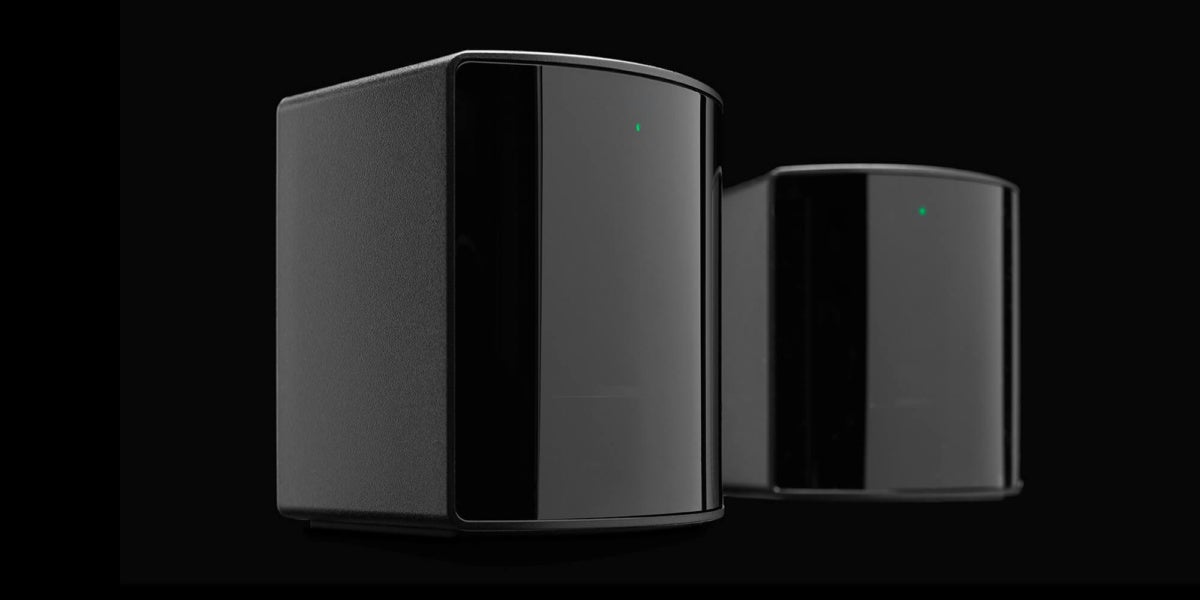 Valve
Valve And before we go under connected to the controllers, rent's just cover the unethical stations because in that respect's non some to talk about. In short: They'Ra overkill for whatsoever home use, each covering a space 7 meters long (nearly 25 feet). Do you receive a room that large? I don't have a way that large. At any rate, Valve's changed the name from Pharos to "Base Station 2.0," which is a shame, merely you'll get two of them and they should provide rock solid tracking.
That's always been the Vive's strong suit, and this is the corresponding computer hardware that shipped with the Vive Pro. In fact, if you have both headsets you can swap between them—though the original Vive willnot work with the upgraded 2.0 hardware.
Plastic knuckles
Valve's material coup is its controllers though. We've seen prototypes of the "Knuckles" controllers floating around since 2016, ahead the original Vive even launched. Now they'Ra finally ready for consumers.
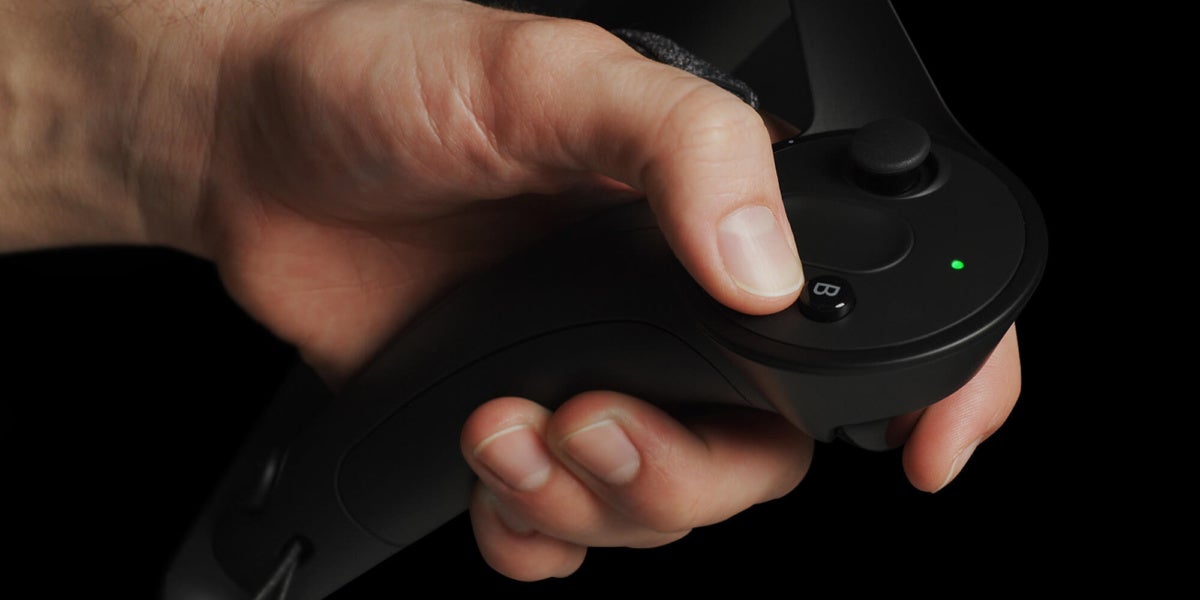 Valve
Valve The "Knuckles" nickname comes from the unique shape. You actually push your handthrough the controllers, wearing them the likes of…well, brass brass knucks, kinda. Since you're wearing them and not holdingthem, this allows you to whole open your hand to drop cloth or throw an objective, something neither Touch nor the original Vive wands can replicate.
But thither's more to it. From the web site: "Each controller uses 87 sensors to get across helping hand spatial relation, finger position, motion, and pressure to determine user engrossed. All of these signals, rolled into one with superfine-tuned software and algorithms, give us a better understanding of how a player is holding and using the controllers."
In other speech: Index tracks all ten of your fingers, making them the nigh advanced VR inputs on the market—evening more ripe than Oculus's wonderful Touch on controllers. Touch splits your hand into troika zones: Leaf, index, and everything else. You commode give a thumbs prepared OR full stop, but you'rhenium still limited to a couple of simple hand gestures. But with Index number, Valve demonstrates making horns with your index fingerbreadth and pinky, as well As opening move and closing your fist one finger at a time. There's still only one activate and one grip button, but Valve's using software to puzzle out how many fingers are in reality along the traveling bag at a time.
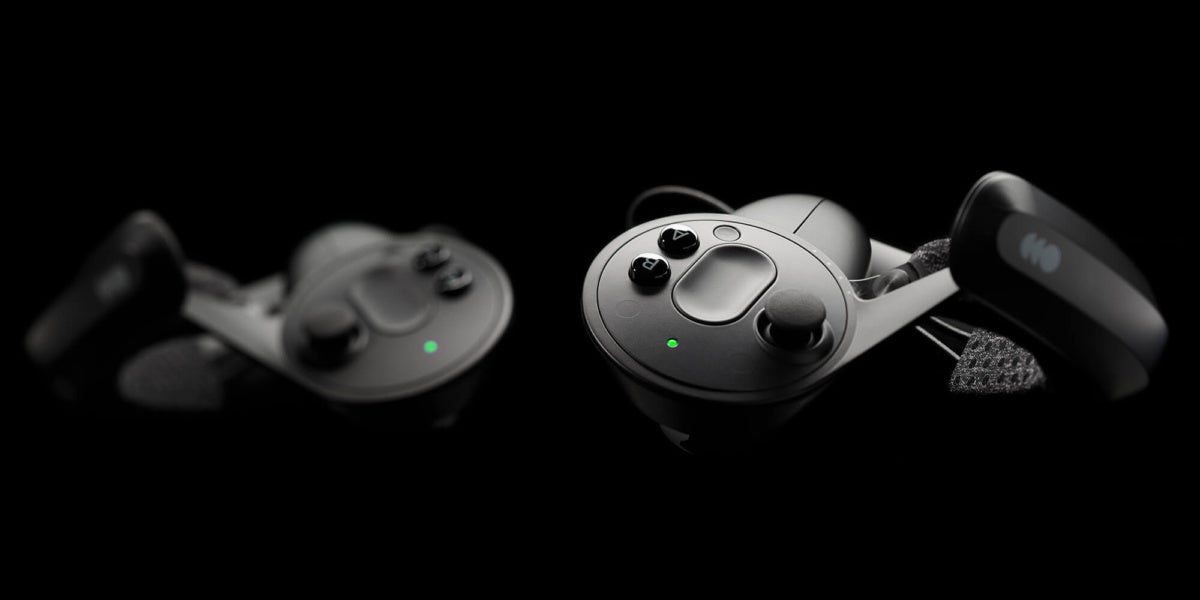 Valve
Valve The transfix is also force-sensitive, "tuned to detect a wide range of forces from a brush to a firm squeeze." Developers can use this added sensitivity to computer programme in physical actions wish crushing cans—though given Oculus doesn't consume this functionality, we'll construe whether developers ask advantage. Usually developers aim for the to the lowest degree usual denominator when there's a discrepancy, to ensure the largest audience.
Hush up, it's an exciting leap forward. Both controllers have analog sticks, two game-affine A/B buttons, what looks like menu buttons, and a itty-bitty trackpad as well—simply information technology's clear Valve's prioritized natural stimulus. Information technology wants people to role their workforce in VR, because that's what's fascinating, and I can't say I disagree.
Bottom line
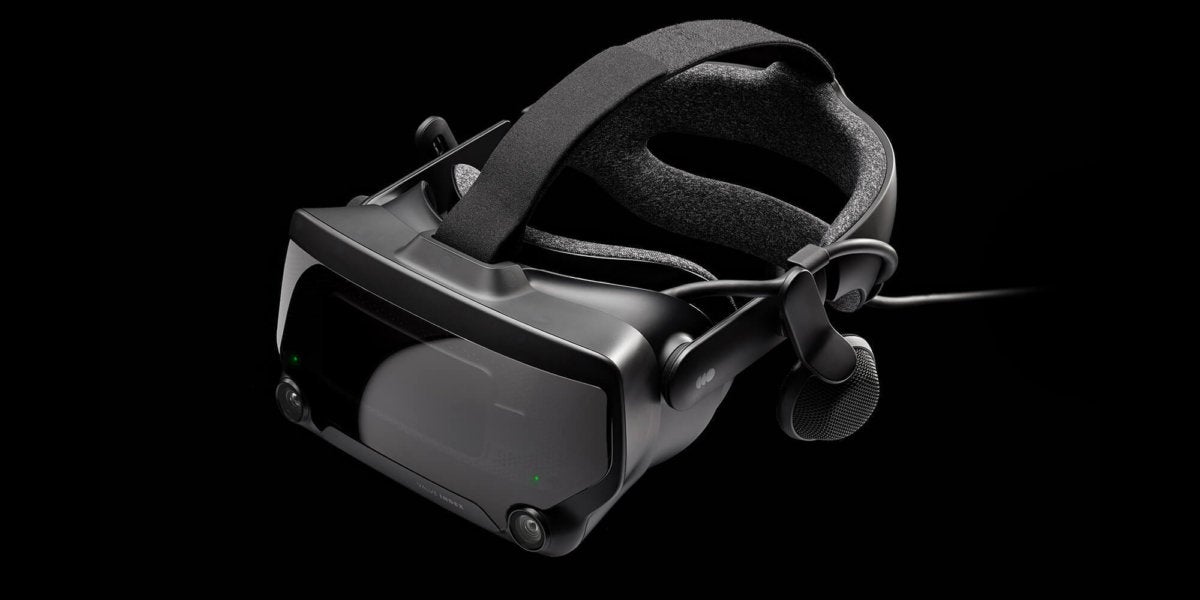 Valve
Valve The question is whether Valve's name can sell realistic reality better than Eye or HTC. As I said, Index costs $1,000 for a entire kit—though if you undergo a Vive or Vive Pro, you can go away with buying just the headset ($499) or the controllers ($279) or some ($749) and skip the second-gen base stations. In that respect's really nary reason to upgrade those. In fact when we reviewed the Vive Pro, HTC sent over a headset and controller package without Qaeda stations.
Still, $749 for even the "cheap" outfit is a lot of money. When HTC released the Vive Pro for $1,200 I compared it to the Bugatti Veyron. Sure, information technology's the best headset connected the market, simply it's a sumptuousness. Nobody can afford information technology, and even those whorearyield it aren't prospective to corrupt it. Index is a slightly better handle, but Valve's aimed for the unchanged hardcore niche of enthusiasts, and I'm not sure how large that market is—especially since virtually of them likely personal a headset already. I wouldn't be dumfounded if the Exponent controllers far outsell the headset itself, because they seem the more groundbreaking split up of Valve's package.
We'll make to watch whether Valve has whatsoever further aces to reveal though. Rumors were moving about new Valve games, peradventur even aFractional-Life sentence tie-in for VR, but none of that was announced now. If you'ray good going connected faith though, past preorders begin tomorrow with the first headsets due to ship at the end of June. We'll keep you updated.
Source: https://www.pcworld.com/article/403641/valve-index-vr-headset.html
Posted by: hallmarkhimentrapsed43.blogspot.com


0 Response to "Valve’s $999 Index VR headset promises ‘high-fidelity virtual reality’ with revolutionary controls - hallmarkhimentrapsed43"
Post a Comment